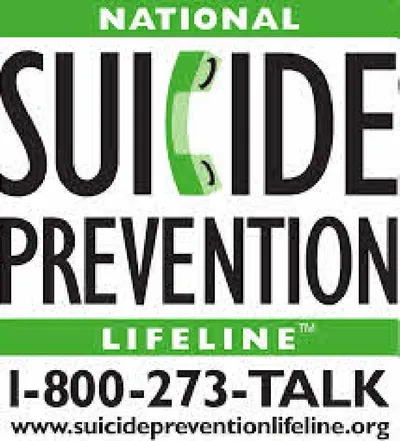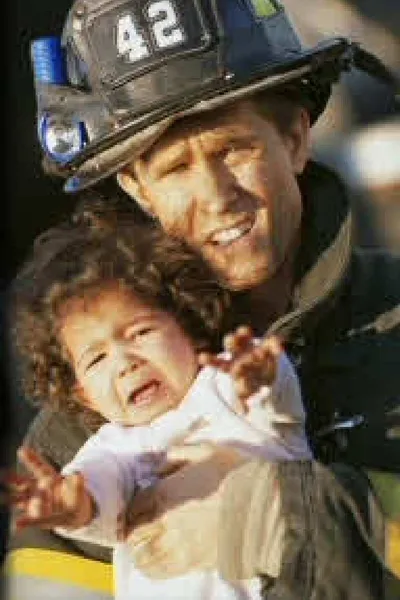
Health & Safety
Covid-19 Pandemic: A Health Emergency
NAN wants everyone to remain healthy and safe during this unprecedented trying time that has affected local businesses and communities throughout all walks of life.
The COVID-19 Vaccine Education Initiative
The COVID-19 Vaccine Education Initiative is led by the AD Council and the COVID Collaborative with the involvement of the Centers for Disease Control and Prevention (CDC) to educate the American public and build confidence around the COVID-19 vaccines.
The Initiative is designed to reach different audiences, including communities of color who have been disproportionately affected by COVID-19. By ensuring that Americans have accurate and timely information to answer their questions and concerns about vaccine side effects, efficacy, and clinical trials, our goal is to shift the public mindset from vaccine hesitancy to vaccine confidence.
Consult Your Preferred Doctor
Find a doctor or medical professional that you trust and have confidence in.
Stay Informed on Changing Information
Find sources that are verified and give accurate, up-to-date reports.
If the Vaccine is the Right Choice for You...
Information on where you may obtain a COVID-19 vaccine is available at
https://getvaccineanswers.org/
Suicide Prevention
The stress of everyday life can leave many in need of emotional support; LIFELINE can help, providing free and confidential support to people in suicidal crisis or emotional distress 24 hours a day, 7 days a week in the United States.
The National Suicide Prevention Lifeline is a national network of local crisis centers committed to improving crisis services and advancing suicide prevention by empowering individuals, advancing professional best practices, and building awareness.
Reach them at +1 (800) 273-8255
www.suicidepreventionlifeline.org
Update: STARTING July 16, 2022, dialing CODE 988 will connect everyone in the United States to LIFELINE.

Disaster Preparedness

Be Prepared for Anything!
Fire, Hurricane, Tornado, Flood, or Terrorist Attack; they can and will happen; so be ready — Knowing what to do during an emergency is an important part of being prepared and may make all the difference when seconds count. Many of the things you do to prepare for the unexpected, such as making an emergency supply kit, a first aid kit, and a family communications plan, are important for both natural and man-made emergencies.
When preparing for a possible emergency situation, whether sheltering in place or leaving home, it's best to think first about the basics of survival: fresh water, food, clean air, and warmth. Water, one gallon of water per person per day for at least three days, for drinking and sanitation; food, at least a three-day supply of non-perishable food; battery-powered or hand-crank radio and extra batteries, and a flashlight with extra batteries; a warm blanket; a can opener for food (if kit contains canned food) and a whistle can be used to signal for help. Remember contact lenses and extra eyeglasses. You may need infant formula and diapers, feminine supplies and personal hygiene items, pet food and extra water for your pet.
First Aid Kit Recommendations
A good first-aid kit is something that should always be in the home; however, in an emergency, it could prove to be a necessity. Your first-aid kit should contain a thermometer, bandages of various sizes (gauze, Ace, sling), splint, adhesive tape, tweezers, scissors, soap and peroxide (for cleaning wounds), latex gloves, alcohol swabs, petroleum jelly, anti-bacterial ointments and non-prescription medications (aspirin/non-aspirin pain reliever).
Most important: Don't forget extra prescription medications, insulin, heart, and high blood pressure medication.
Building "Bug Out" or "Go" Bags
A well-equipped, close at hand, bag that you can grab quickly before evacuating. One bag for every family member should be equipped and should include: a complete change of clothing, including a long-sleeved shirt, long pants, and sturdy shoes. Important family documents, such as copies of insurance policies, identification, and bank account records, should be placed in a waterproof, portable container or plastic bag. Cash or traveler's checks and change are also quite important. Toss in a few energy/granola bars.
A backpack always works well as a "Go" bag.
Preparing to Shelter in Place
Sleeping bag or warm blanket for each person. Consider additional clothing and bedding if you live in a cold-weather climate. Household chlorine bleach with a medicine dropper can be used as a disinfectant, when diluted nine parts water to one part bleach. In an emergency, you can use it to treat water by using 16 drops of regular household liquid bleach per gallon of water. Do not use scented, color safe or bleaches with added cleaners. Try to have a fire extinguisher and matches in a waterproof container close at hand. Mess kits, paper cups, plates, plastic utensils, paper towels, paper and pencils, books, games, puzzles or small toys keep spirits high and help children handle stress.
Balance your Shopping List
Adding a few extra cans of non-perishable food to your shopping list is a good way to stock a pantry of emergency supplies. Canned fruits, vegetables, juices, peanut butter, and dry cereal are good choices requiring no refrigeration or little preparation. Be sure to check expiration dates and rotate your stock.
Find Out about Plans in your Area
Most cities already have a disaster plan in place. Emergency instructions, evacuation routes, and locations of public shelters will be broadcast on the radio. Be sure to have a contact person who lives far away from you that all family members can coordinate with. Try to keep your car gas tank at least 3/4 full and keep supplies stocked in the car (water, warm clothing, energy bars/snacks) and your phone charged.
Further Information
Two websites, www.ready.gov and www.redcross.org, provide extensive information on all types of disasters, as well as lists and guides for creating emergency disaster plans.